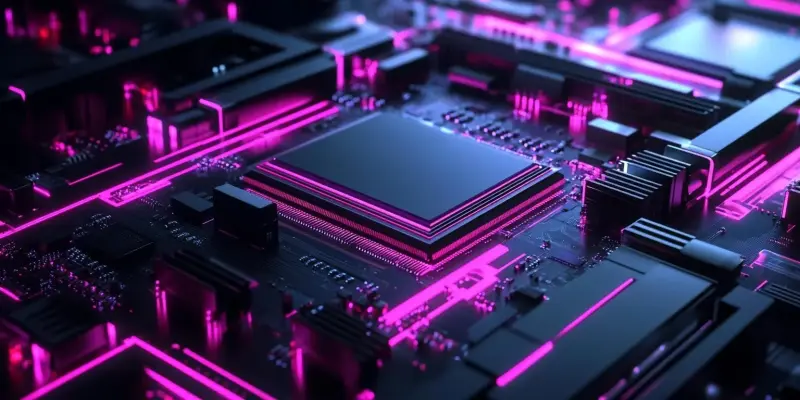AMD has consistently pushed the boundaries of chip performance and efficiency, yet speculation surrounding their upcoming Zen 6 “Medusa Point” APUs has triggered much debate. Originally rumored to leapfrog RDNA 4 and straight into RDNA 5-based iGPUs, mounting evidence now suggests an entirely different plan. The latest reports from reputable sources, such as Golden Pig Upgrade on Weibo, indicate that AMD’s new processors are expected to incorporate a refined version of their current RDNA 3 architecture, labeled as RDNA 3.X, sparking curiosity about what this development might mean for the market.
Revamping the Existing Architecture
The allure surrounding AMD’s Zen 6 “Medusa Point” APUs isn’t solely confined to their CPU cores, which will feature the robust Zen 6 architecture. Instead, much of the discussion centers around the graphics side of the equation and its anticipated reliance on a variant of RDNA 3, perhaps RDNA 3.5 or another iteration yet to be officially named. This strategic choice has raised eyebrows, particularly since RDNA 3.5 has already demonstrated its mettle in mobile Zen 5 series APUs such as Strix Point, Kracken Point, and Strix Halo. Known for delivering commendable performance and reducing dependency on budget discrete GPUs, RDNA 3.5 has set a high bar that RDNA 3.X will need to surpass or at least match.
Strix Halo, in particular, stands out for featuring up to 40 Compute Units, making it a formidable contender against well-regarded GPUs like NVIDIA’s RTX 4060 or 4070 in gaming scenarios. Given RDNA 4’s anticipated advancements, AMD’s decision to stick with RDNA 3.X may come across as conservative. However, the proven capabilities of RDNA 3.5 suggest a strategy rooted in reliability and existing success. By fine-tuning an established architecture rather than adopting a brand new one, AMD can ensure that their upcoming Medusa Point APUs deliver consistent performance without the teething issues commonly associated with newer tech.
Competing in a Rapidly Evolving Landscape
As AMD preps for the arrival of Zen 6 “Medusa Point,” it’s crucial to consider the competitive market landscape that will greet these APUs. Set around the latter half of 2025, AMD’s new chips will have to wrestle for dominance with Intel’s Panther Lake processors, boasting the next-gen Xe3 architecture. No small player in the field, Intel aims to reset performance benchmarks across both CPU and GPU domains, providing a formidable challenge to AMD’s Zen 6 and RDNA 3.X combo.
To stay ahead, AMD will need to leverage every ounce of their expertise in optimizing RDNA 3.X to retain their competitive edge. The legacy of RDNA 3.5’s impressive performance in the mobile Zen 5 series offers a solid foundation upon which Medusa Point can build. However, maintaining leadership in such a dynamic environment demands continuous innovation and improvements, precisely the kind AMD’s refined architecture aims to deliver. While RDNA 4 could offer higher theoretical performance, the practical stability and enhancements found in RDNA 3.X might provide the operational reliability required for AMD to maintain its competitive position.
A Calculated Approach to Innovation
AMD has continually pushed the limits of chip performance and efficiency, creating significant anticipation for their upcoming Zen 6 “Medusa Point” APUs. Early rumors had suggested these new processors would skip RDNA 4 entirely in favor of RDNA 5-based iGPUs. However, recent reports from trustworthy sources, including Golden Pig Upgrade on Weibo, indicate a different trajectory. Instead of leaping to RDNA 5, it appears AMD’s next-gen processors will feature a more refined version of their existing RDNA 3 architecture, referred to as RDNA 3.X. This unexpected development has sparked considerable curiosity and discussion about its implications for the market. Some industry observers speculate that this move might be aimed at optimizing the existing architecture to increase efficiency and performance until RDNA 5 is ready for future releases. Overall, AMD’s strategic decisions continue to drive excitement, as the tech community eagerly awaits further details on how RDNA 3.X will impact performance and market competition.

